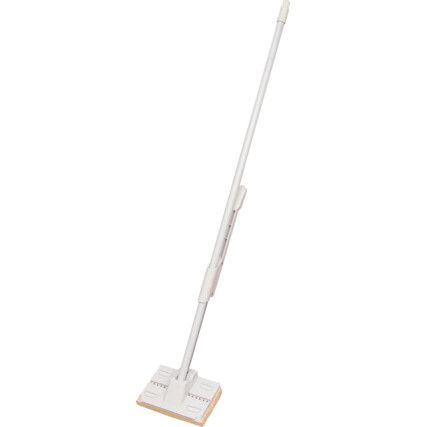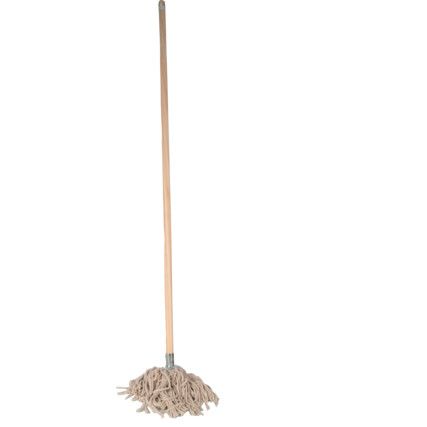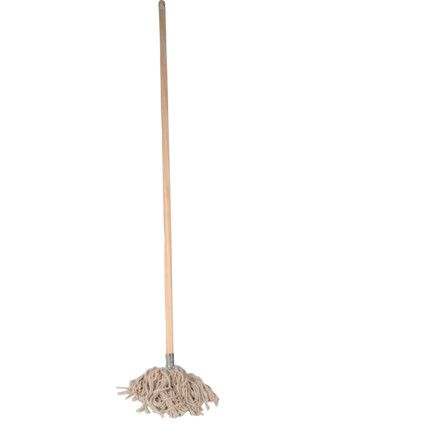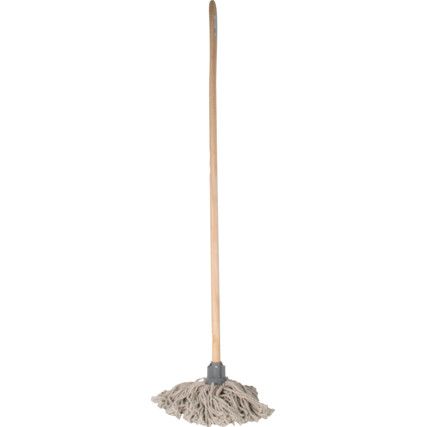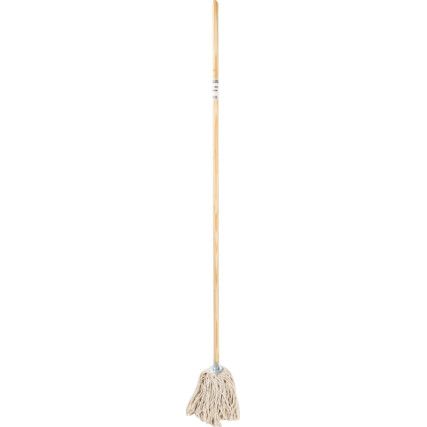Mături
Mops are designed to clean floors from dust, debris and to clean up liquid spillages. However not all mops perform the same function. Cromwell stock a range of different types of mops suitable for a range of cleaning applications and floor surfaces, with names like Cotswold, Rubbermaid and Kennedy.
What are mops?
Simply put a mop is a floor cleaning tool designed to avoid having to bend down on all fours to clean. They feature various cleaning heads mounted on a shaft or handle to make cleaning surfaces easier.
Why mops?
Over time floors accumulate dirt and grime. Cleaning them often is not only good hygiene practice but can also help prevent possible hazards like slips in the workplace. They take a lot less time and effort in cleaning your flooring than manually scrubbing by hand.
Types of mops
There are numerous types of mops suitable for different flooring types. Some are used wet and others dry.
• String mop - The archetypal mop. When people think of a mop this is usually the image that springs to mind. It consists of a bundle of strings attached to a (usually) plastic connector that forms the head of the mop. The handle is typically made of wood, lightweight metal, or plastic. They are designed to be used in conjunction with a mop bucket.
• Strip mop - These feature a very similar design to a string mop, with the only discernible difference being that instead of sting, the head consists of a strip of fabric. Their heads are usually detachable for easy cleaning after use and they can be used dry to dust as well as wet to clean floors.
• Dust mop - Functions like a broom but because it glides it picks up a lot more surface dust. They are great for covering large areas, but because of their large head they can be awkward in tight spaces. They also can't be used wet to clean floors.
• Flat mops - resemble a dust mop but can be used wet. They work especially well on wooden floors.
• Microfibre mops - Much like a dust mop except it can be used wet, it has excellent absorbent properties and is a lot easier to clean than most other mop types.
• Sponge mops - Great for cleaning up spillages, sponge mops feature a lever system for easy wringing out. They are also good for scrubbing floors to remove stubborn dirt.
Considerations when choosing a mop
The surface - Certain mops go best on certain surfaces, for example a strip or string mop will work well on a tiled floor but the excess water might pose a problem for wooden floors which unless dried carefully might warp with the moisture. Dust mops work well on polished floors for dry cleans as do flat mops for wet cleaning.
FAQ
What precautions do I need to take when using a mop?
As safe as mopping is there are some precautions that need to be taken. Wet and drying floors can present slipping hazards so if mopping an area make sure to allow it to dry fully before walking over it. In workplaces, signs should be used to cordon off the wet surface until it is dry.
Similarly, some floor cleaners contain harsh chemicals, other than having the potential to ruin your floors if you haven't ensured the cleaner is suitable for the type of surface, they can also present the risk of causing irritation to skin and eyes. Ensure that PPE including eyewear is worn when using harsh cleaners.
